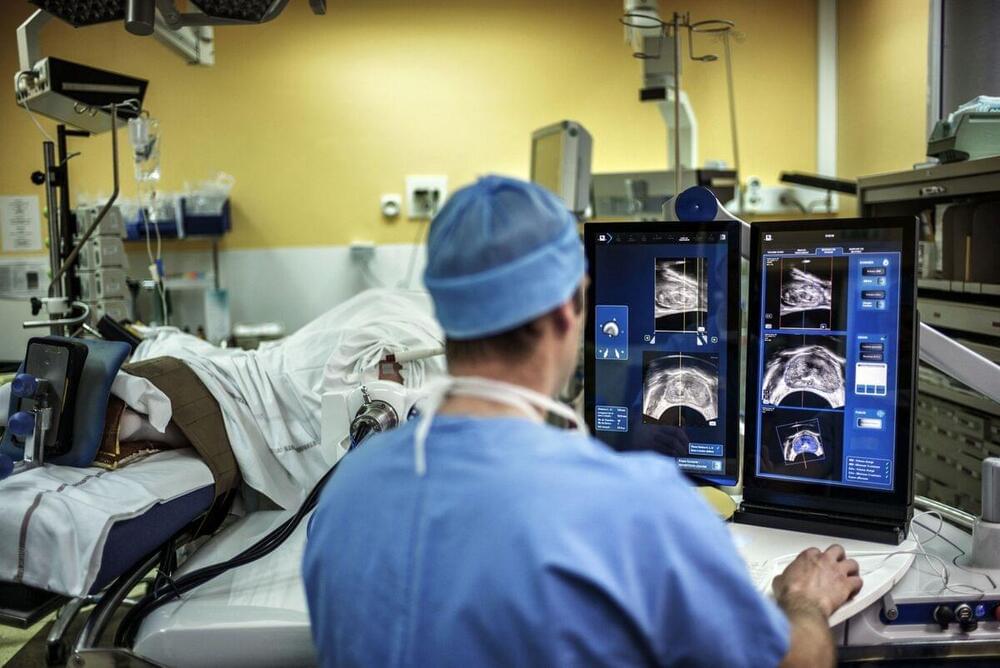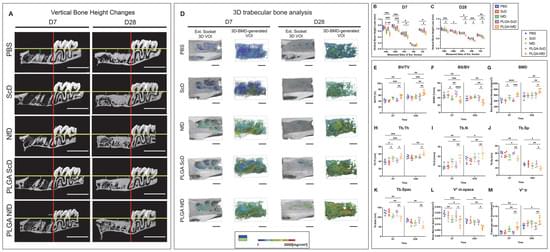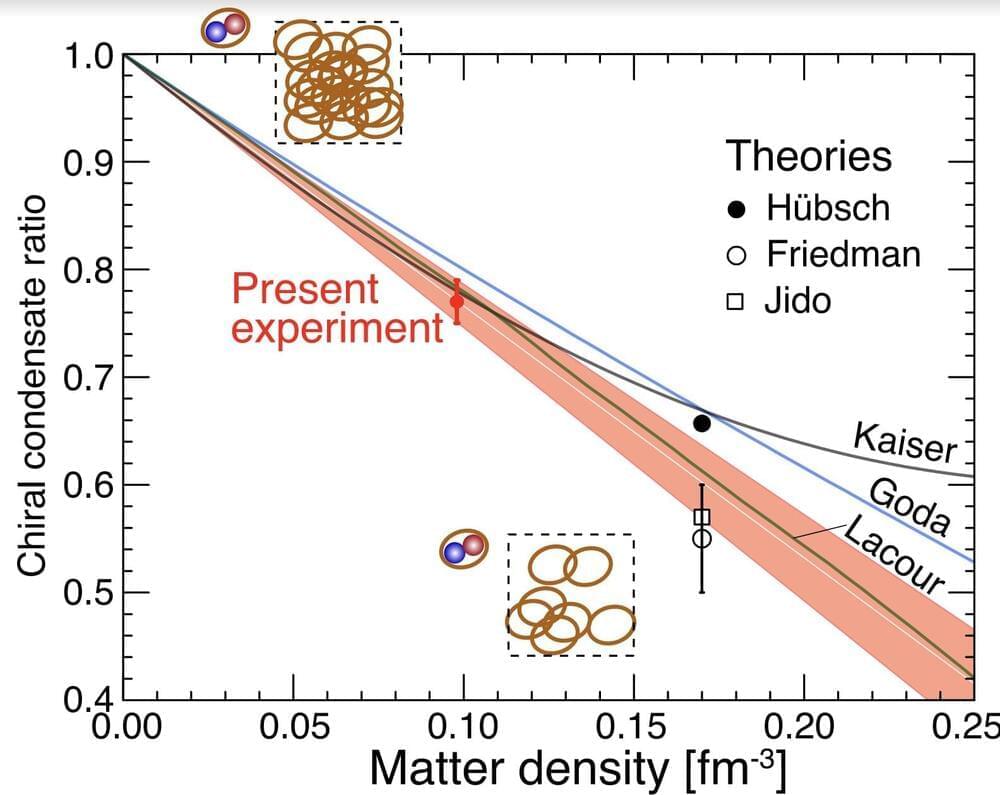The open-source project is based on a dataset of up to 180,000 annotated amateur drawings.
In the face of increasing competition, it appears that Meta is significantly upping its artificial intelligence (AI) game.
This open-source project is based on a dataset of up to 180,000 annotated amateur drawings. The company has made this dataset and animation code available for AI researchers and creators to use and innovate further.
Dusan Stankovic/iStock.
Following the release of the “Segment Anything Model,” the tech giant has unveiled yet another interesting and fun AI-based project. The project, called Animated Drawings, allows you to turn your doodles into animations. And it could be the next big thing.








